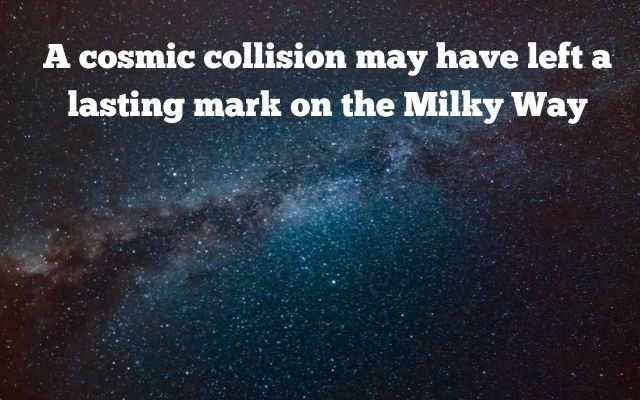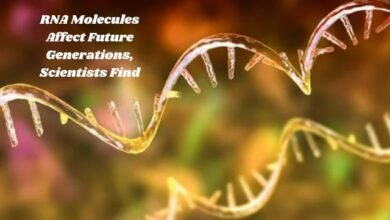Did a Cosmic Collision Leave a Mark on the Milky Way?
Exploring the Impact of Cosmic Collisions on Our Galaxy

Did a cosmic collision leave a mark on the Milky Way? Discover how collisions with the Sagittarius dwarf galaxy have impacted our galaxy.
Imagine our home galaxy, the Milky Way, as a calm, level pool of water. Now, picture a stone the size of 400 million suns being dropped into this serene scene. The moment the stone hits, the quiet is broken, and waves spread out, causing a chaotic scene that could take billions of years to settle. This image helps us grasp the effect of a cosmic collision on the Milky Way. Did a cosmic collision leave a mark on the Milky Way? This disruption illustrates how such an event could have caused a major and long-lasting disturbance in our galaxy.
Astronomers believe that something like this may have occurred—not just once, but multiple times over billions of years. The Sagittarius dwarf galaxy, a tiny galaxy close to the Milky Way, may have collided with our galaxy at least twice, according to recent study. Every one of these encounters caused shockwaves that caused the Milky Way’s stars to tremble and move at various speeds.
These cosmic events resemble earthquakes in galaxies. These collisions caused Milky Way to quiver, changing motion of its stars in same way as earthquakes cause the ground to tremble and shift. By examining these impacts, scientists can learn important things about the beginnings and evolution of our galaxy.
Researchers studied orbits of over 20 million stars in outer regions of Milky Way galaxy using data from European Space Agency’s Gaia space observatory. They observed an odd ripple effect that gave the impression that the stars were being shaken. The strange pattern was caused by the stars moving up and down at different speeds, according to Swedish astronomer Paul McMillan of Lund University.
In order to comprehend the peculiar ripple effect observed in the Milky Way, scientists employed a technique known as “galactic seismology.” Using this method, models were built to mimic wave patterns and observe how the stars in our galaxy were affected by them.
Sagittarius dwarf galaxy’s passage across the Milky Way hundreds of millions of years ago is thought to have been the primary cause of these waves, according to the researchers. Swedish astronomer Paul McMillan likened this phenomenon to the ripples a stone makes in a pond when it is dropped into it. Additionally, team believes that these impacts could have been caused by earlier collision between the two galaxies.
According to past research- waves may have originated at the heart of the Milky Way from a previous collision with dwarf galaxy Sagittarius. But as new study reveals, these ripples extend considerably deeper, impacting stars all the way to the edge of the galaxy. This discovery contributes to our understanding of the Sagittarius dwarf galaxy’s and the Milky Way’s turbulent histories.
Today, the Sagittarius dwarf galaxy has a mass about 400 times that of our Sun, which is relatively tiny compared to the Milky Way’s enormous mass of 1.5 trillion Suns. Scientists believe that Sagittarius was once much larger but has lost up to 20% of its mass to Milky Way over billions of years due to repeated collisions.
The size and form of the Milky Way were probably significantly influenced by these encounters. According to a 2011 research, the Milky Way’s unique spiral arm was caused by two major collisions with the Sagittarius dwarf galaxy. Furthermore, studies utilizing 2020 Gaia data showed that every galaxy collision caused bursts of new star formation within the Milky Way.
- The Future of Plastic: New Living Plastic Biodegradable and Self-Destructive
- Scientists Detect Electric Shield Around Earth
- Transforming Trash into Clean Water: How Floating Wetlands Are Purifying Polluted Lakes
Conclusion: Cosmic Collision Leave a Mark on the Milky Way
There was a significant cosmic collision in the Milky Way, according to recent research. The effects of this impact go all the way from the galaxy’s center to its furthest limits. This new information shows how interactions with nearby galaxies such as the Sagittarius dwarf galaxy, have altered the structure and star formation within the Milky Way. By exploring these cosmic events further we can uncover more information about the Milky Way’s complicated past & its connections to other galaxies.



